Rodents of Unusual Size NMMNHS publishes study on Island Gigantism in voles
April 14th, 2022
Albuquerque, NM – Scientists with the New Mexico Museum of Natural History & Science (NMMNHS) published new research this week in the scientific journal Oikos. They found a pattern common to isolated systems where small organisms often get larger (gigantism) and large organisms typically get smaller (dwarfism), known as the Island Rule or Island Syndrome.
“Research such as this at the NMMNHS furthers our understanding of the environment and provides opportunities for students to engage with the museum curators to gain significant experience in pure research that improves their knowledge and provides a step-up to advance their careers,” said Gary Romero, interim executive director at NMMNHS. “In fact, the first author of this study, Mariah Schlis-Elias, is a Research Associate with NMMNHS and was recently accepted into the Ecology and Evolutionary Biology PhD program at the University of Michigan.”
“This research was conducted to evaluate signals of Island Rule in an extant mammal, meadow voles in this case, in two island systems – the Outer Lands of New England and the Alexander Archipelago of Alaska,” said Schlis-Elias.
The fossil record is rich with examples of Island Rule and shows a consistent theme including pygmy elephants and hippos, shrews and rodents the size of German Shepherds, 10-foot birds, and the diminutive Nanuqsaurus, a tiny T-rex. The Island Rule even applies to some humans. For example, Homo floresiensis, an early human species colloquially known as “hobbits”, were approximately half the size of modern humans. More recent examples include Galapagos tortoises, Komodo dragons, Florida Key deer, and even dodo birds. In fact, Charles Darwin used islands to develop his ideas of natural selection.
Despite these examples, the idea of Island Rule has been debated by scientists since the 1960’s. “The primary focus of this research was to use specimens, like those curated at NMMNHS and other museums, to test alternative hypotheses of factors that may contribute to body size changes through time,” said Dr. Jason Malaney, curator of biosciences at NMMNHS and co-author of the study.
The study used techniques including high-resolution photography, computer measurements, and statistical comparisons of museum specimens from islands ranging in size from roughly 1 square kilommeter to about 3,630 km2. The authors also compared the effect of predators on islands. Looking at these factors together, the authors found small islands lacking any predators had the largest voles. However, voles on larger islands harboring more predators were nearly identical to voles on the mainland.
Those “island giants” were about 6% larger than mainland individuals, roughly the equivalent of an extra 4 inches for the average American! More broadly, this research highlights the fragility of insular populations that are often distinct evolutionary lineages. These populations are increasingly at risk of extinction due to their vulnerability to climate change and other human-caused disturbances like the introduction of invasive species.
About the New Mexico Museum of Natural History and Science The New Mexico Museum of Natural History and Science is a division of the Department of Cultural Affairs, under the leadership of the Board of Trustees of the New Mexico Museum of Natural History & Science. Programs and exhibits are generously supported by the New Mexico Museum of Natural History Foundation, through the generous support of donors. Established in 1986, the mission of the New Mexico Museum of Natural History & Science is to preserve and interpret the distinctive natural and scientific heritage of our state through extraordinary collections, research, exhibits, and programs designed to ignite a passion for lifelong learning. The NMMNHS offers exhibitions, programs, and workshops in Geoscience, including Paleontology and Mineralogy, Bioscience, and Space Science. It is the Southwest’s largest repository for fossils and includes a Planetarium and a large format 3D DynaTheater.
# # #
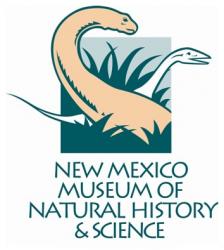
New Mexico CulturePass
Your ticket to New Mexico's exceptional Museums and Historic Sites.
From Indian treasures to space exploration, world-class folk art to awesome dinosaurs—our museums and monuments celebrate the essence of New Mexico every day.
More Info »
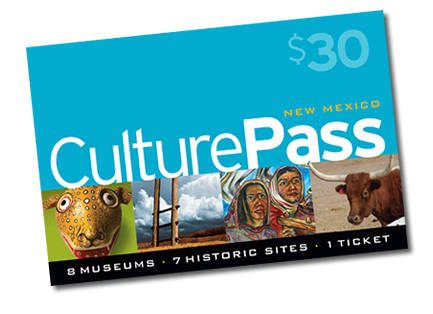

Encounter Culture
Take a look inside the museums and historic sites of New Mexico without leaving home. Join host Charlotte Jusinski, and a variety of guest curators, artists, and exhibitors in exploring the art and culture of the state in Encounter Culture, a new podcast from the New Mexico Department of Cultural Affairs.



Featured DCA Exhibitions
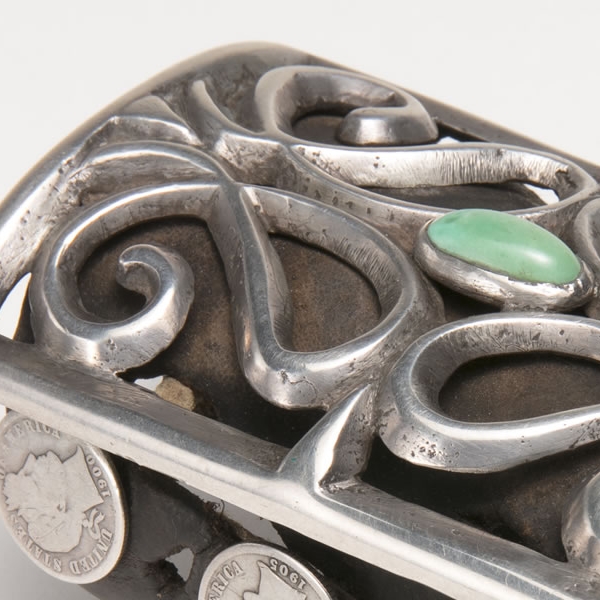
Here, Now and Always
The Museum of Indian Arts and Culture invites you to visit its brand new permanent exhibition, Here, Now and Always,
more »
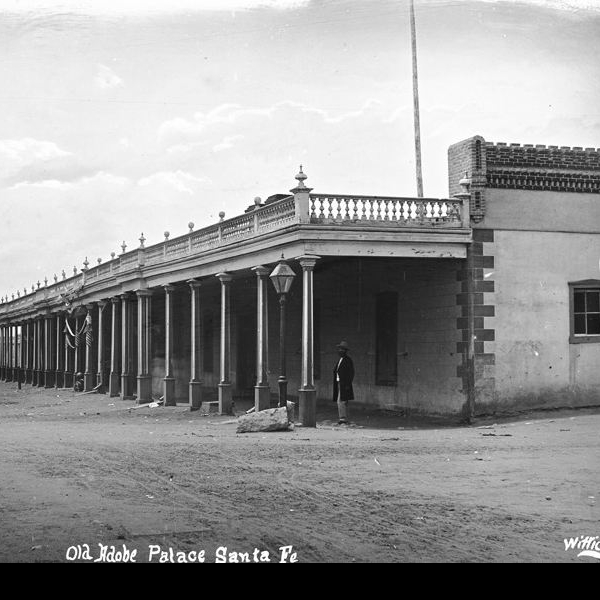
Palace Through Time
"Palace Through Time" explores the Palace of the Governors’ evolution, from its 17th-century construction to its
more »
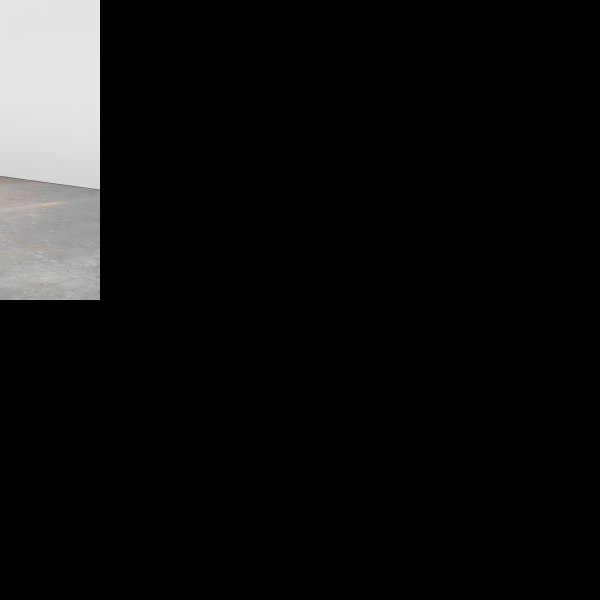
Shadow and Light
Shadow and Light, the inaugural exhibition at the Vladem Contemporary plays upon the famed New Mexico light which is
more »
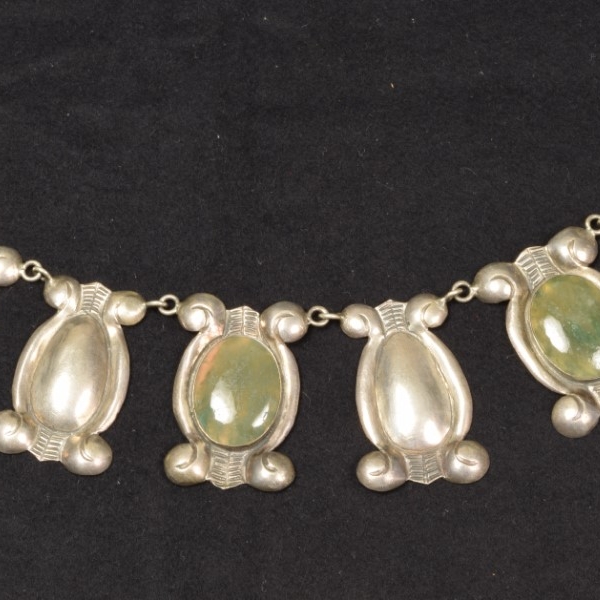
Silver and Stones: Collaborations in Southwest Jewelry
Currently on display in the New Mexico History Museum’s Palace of the Governors, is an unusual jewelry collection
more »
